Perched high in the Peruvian Andes, the Vinicunca Rainbow Mountain has rapidly transformed from a local secret into a bucket-list destination for intrepid travelers and photographers alike. Its surreal, striped slopes, painted in a palette of maroon, turquoise, lavender, and gold, look like something from a dream or a digitally altered photograph. Yet, this geological marvel is entirely real, a breathtaking testament to the forces of nature. However, reaching this colorful paradise is no casual stroll; it's a challenging adventure that demands respect for the altitude and careful preparation, especially for those aiming to capture its beauty for their social media feeds.
The journey to Rainbow Mountain begins long before you set foot on the trail, with the most critical preparation being acclimatization. Cusco, the ancient capital of the Inca Empire and the usual launching point for the trek, sits at a formidable 3,400 meters (11,150 feet) above sea level. The Rainbow Mountain trailhead is even higher, and the summit reaches a dizzying 5,200 meters (17,060 feet). At these altitudes, the air is thin, and oxygen is scarce, making even simple tasks feel Herculean. The key to enjoying the hike, rather than merely enduring it, is to spend at least two to three days in Cusco or the Sacred Valley beforehand. Use this time to explore the city's cobblestone streets at a leisurely pace, drink plenty of water, and avoid heavy meals and alcohol. Many travelers find that sipping on coca tea, a traditional local remedy, helps alleviate the initial symptoms of altitude sickness, which can include headaches, nausea, and profound fatigue.
On the morning of the hike, an early start is non-negotiable. Most tours depart from Cusco around 4:00 or 5:00 AM. The long drive to the trailhead is an adventure in itself, winding through dramatic landscapes and traditional villages. Upon arrival, the sheer scale of the Andes becomes immediately apparent. The air is crisp and cold, and the sun feels intensely bright. This is the moment to layer up; temperatures can be freezing at the start but will feel much warmer as you exert yourself on the climb. Wearing moisture-wicking base layers, an insulating mid-layer, and a windproof and waterproof outer shell is essential. Don’t forget a warm hat, gloves, and sunglasses. Sturdy, broken-in hiking boots are your best friend on this rocky, uneven path.
The ascent is a steady, grueling climb that tests both physical endurance and mental fortitude. The trail is not technically difficult, but the altitude makes every step a conscious effort. The landscape is starkly beautiful—a vast, treeless expanse of golden grasslands, with herds of alpacas and llamas grazing peacefully, their bells softly chiming in the thin air. It's crucial to listen to your body. Adopt a slow, steady pace, often described as "the Andean step." Pause frequently to catch your breath, hydrate, and soak in the views. Rushing will only hasten the onset of altitude sickness. Many tour operators include the option to rent a horse for part or all of the journey, which can be a wise choice for those struggling with the elevation. There is no shame in accepting a little help to reach the top; the goal is to witness the marvel, not to prove your mountaineering prowess.
After several hours of determined hiking, you’ll round a final bend, and the Rainbow Mountain will reveal itself. The first sight is genuinely staggering. The vibrant mineral streaks—red from iron oxide, green from chlorite, yellow from iron sulfide, and purple from goethite or oxidized limonite—create a mesmerizing, almost psychedelic, canvas against the deep blue sky. The feeling of accomplishment is immense, but the work for the perfect shot is just beginning. To capture the mountain's true candy-colored brilliance, timing and technique are everything.
The harsh midday sun, which you’ll likely encounter if you hike at a standard pace, can wash out the colors. The absolute best light occurs in the early morning and late afternoon when the sun is lower in the sky, casting long shadows and enriching the hues. However, reaching the summit for sunrise requires an exceptionally early and difficult hike in the dark, while staying for sunset is often impractical due to the long return journey. Therefore, most photographers must work with the light they have. To combat the flat, harsh light of midday, use a polarizing filter on your camera lens. This simple tool can work wonders by reducing glare from the mineral-rich rock and intensifying the saturation of the colors, making the stripes pop dramatically. If you're using a smartphone, tap to focus on the mountain and then slightly lower the exposure to prevent the bright sky from overexposing the shot.
Composition is key to creating that iconic INS-worthy masterpiece. While a straightforward shot of the mountain is beautiful, including a human element can provide a powerful sense of scale and adventure. Have a companion stand on a ridge, silhouetted against the colorful stripes, or capture a candid shot of them looking out over the incredible vista. Experiment with different angles—get low to the ground to make the foreground rocks lead the eye toward the mountain, or use a wide-angle lens to encompass the vastness of the surrounding landscape. Drones have become popular for capturing the sheer scale of the phenomenon, but always check local regulations and be respectful of other hikers' experiences.
Remember, the summit is often windy and very cold. You'll need warm hands to operate your camera steadily. Consider using a tripod if you have the energy to carry it, as it will allow for sharper images, especially in lower light. Take your time up there. Find a quiet spot away from the main crowds that gather near the viewpoint sign. The mountain's colors shift and change as the clouds move overhead, so be patient. Some of the most magical shots are captured in the moments when a beam of sunlight breaks through the clouds, illuminating a single strip of color with celestial precision.
The descent is typically much quicker, but it can be hard on the knees. Trekking poles are highly recommended for providing stability and reducing the impact on your joints. As you hike down, you'll have a new perspective on the valley you traversed, now bathed in the afternoon light. The feeling is often one of serene exhaustion, a profound satisfaction born from a significant physical challenge rewarded with one of the planet's most unique visual spectacles.
Ultimately, a successful trip to Rainbow Mountain is a balancing act between a physical expedition and a photographic mission. It requires respecting the power of the high Andes while harnessing the light and landscape to create unforgettable images. By preparing diligently for the altitude, pacing yourself on the trail, and applying thoughtful photography techniques, you can ensure that your journey is not only safe and enjoyable but also yields a gallery of stunning, naturally vibrant photos that will make your Instagram feed shine with the authentic colors of this extraordinary corner of the world.
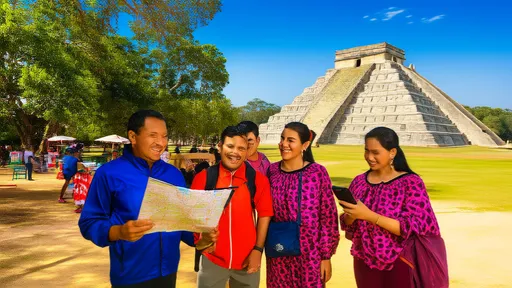
By /Sep 28, 2025
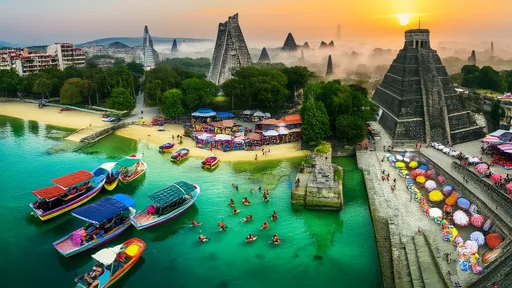
By /Sep 28, 2025

By /Sep 28, 2025
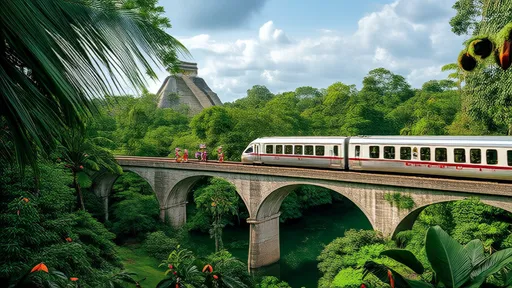
By /Sep 28, 2025
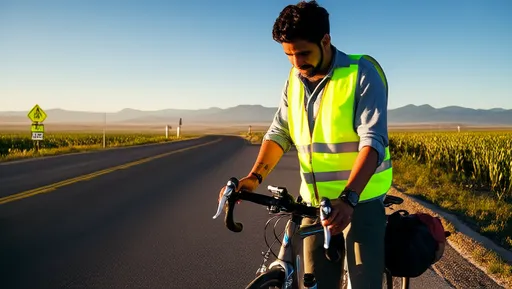
By /Sep 28, 2025
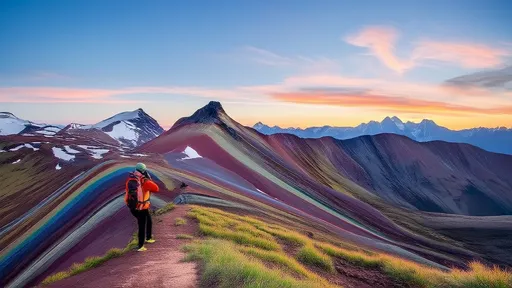
By /Sep 28, 2025
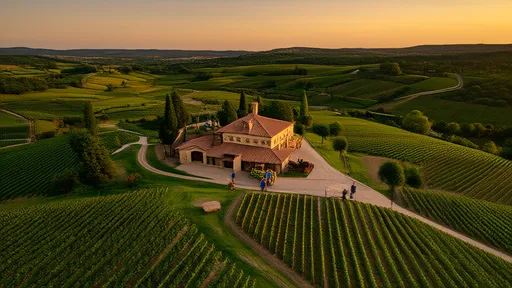
By /Sep 28, 2025
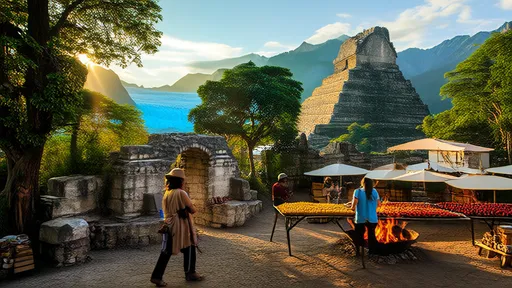
By /Sep 28, 2025

By /Sep 28, 2025
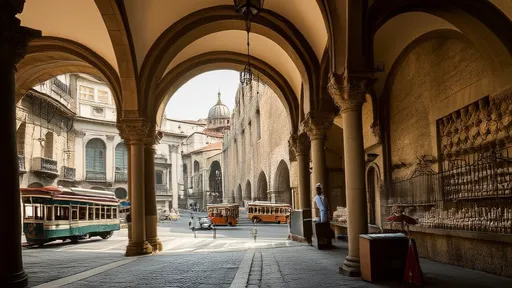
By /Sep 28, 2025

By /Sep 28, 2025
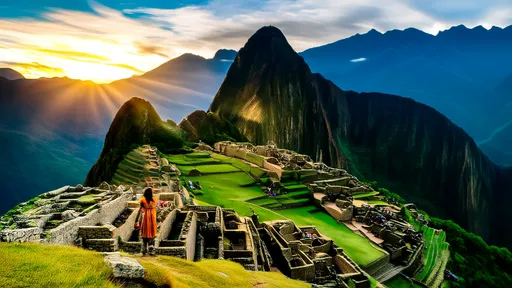
By /Sep 28, 2025

By /Sep 28, 2025

By /Sep 28, 2025
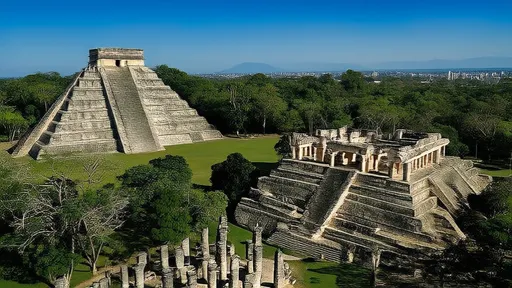
By /Sep 28, 2025
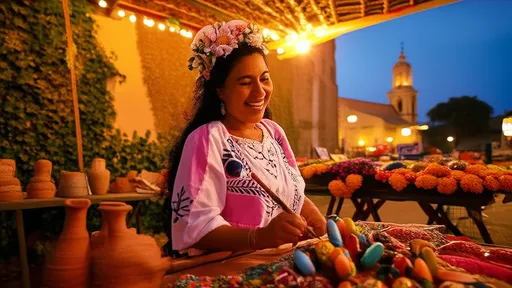
By /Sep 28, 2025
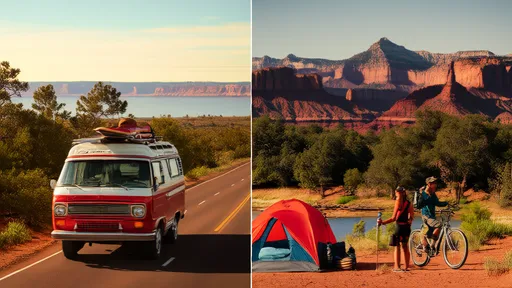
By /Sep 28, 2025
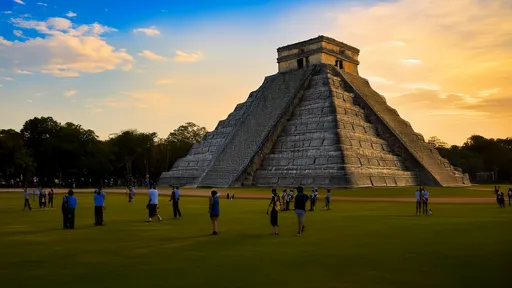
By /Sep 28, 2025

By /Sep 28, 2025

By /Sep 28, 2025